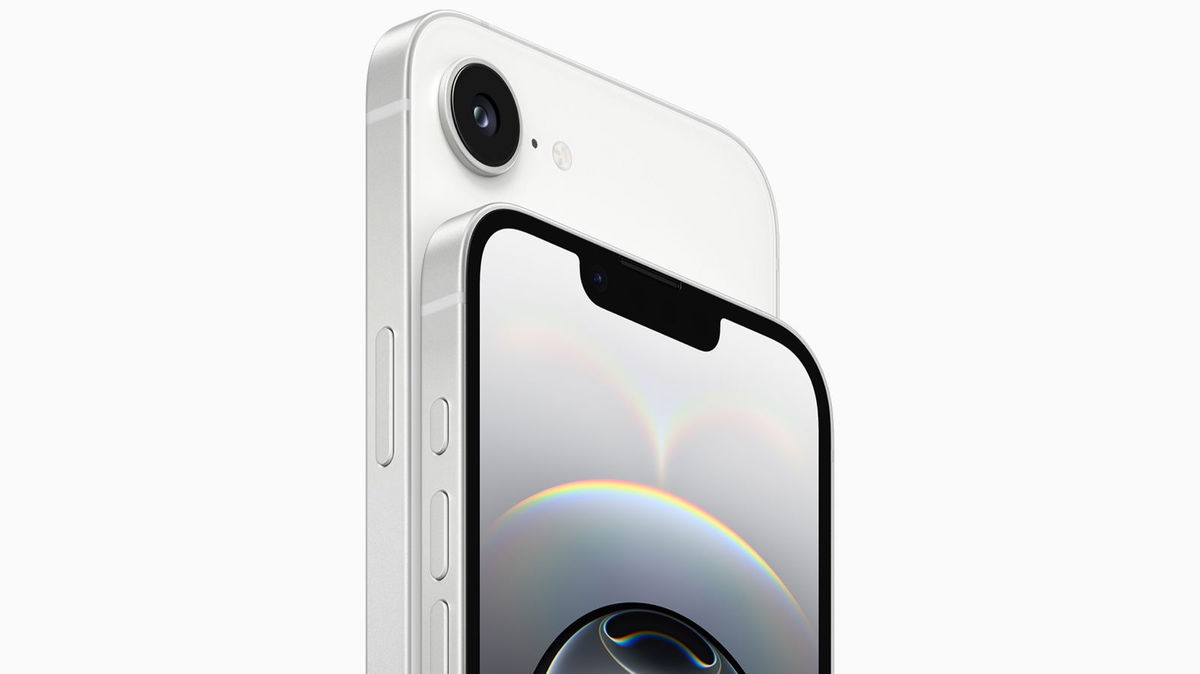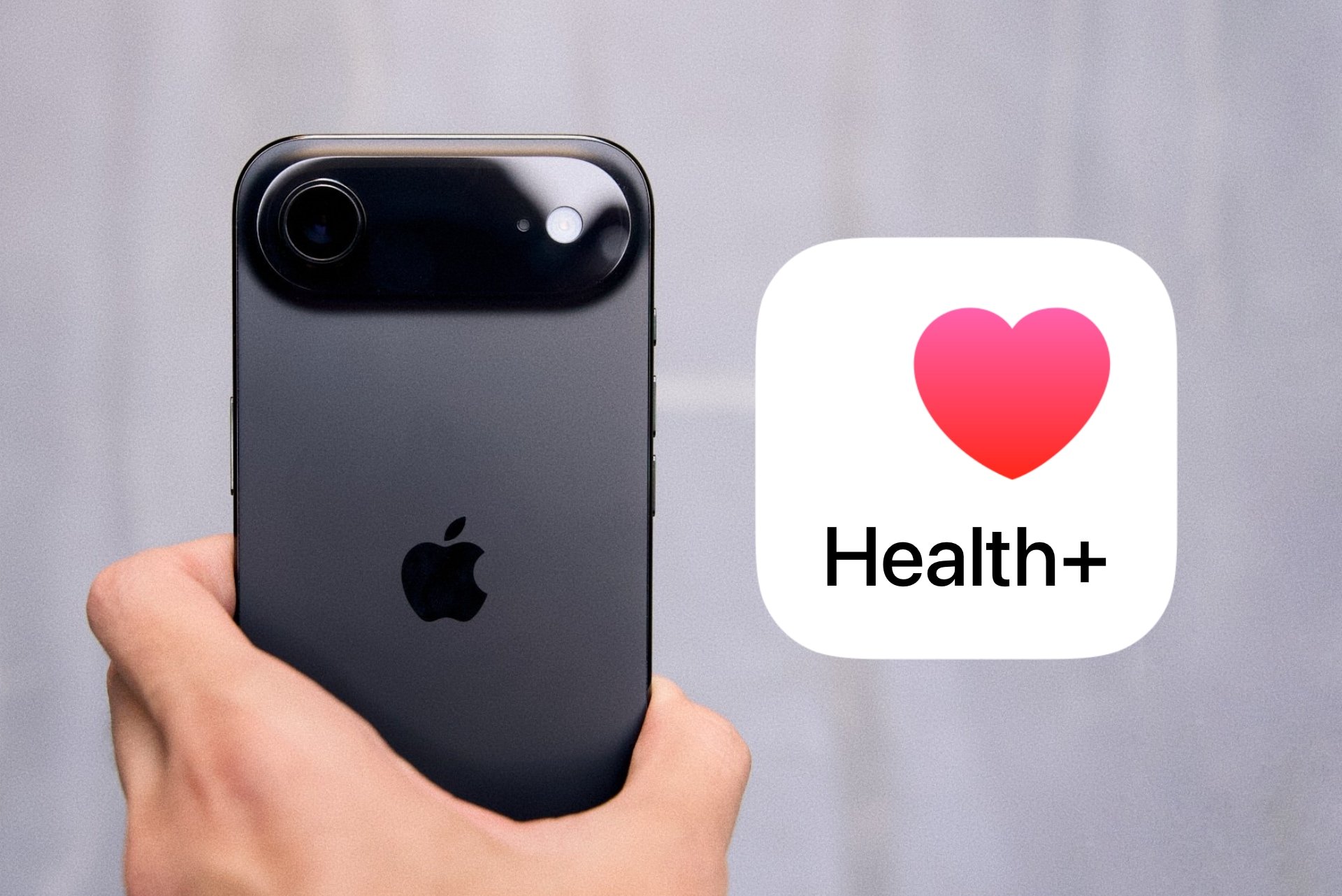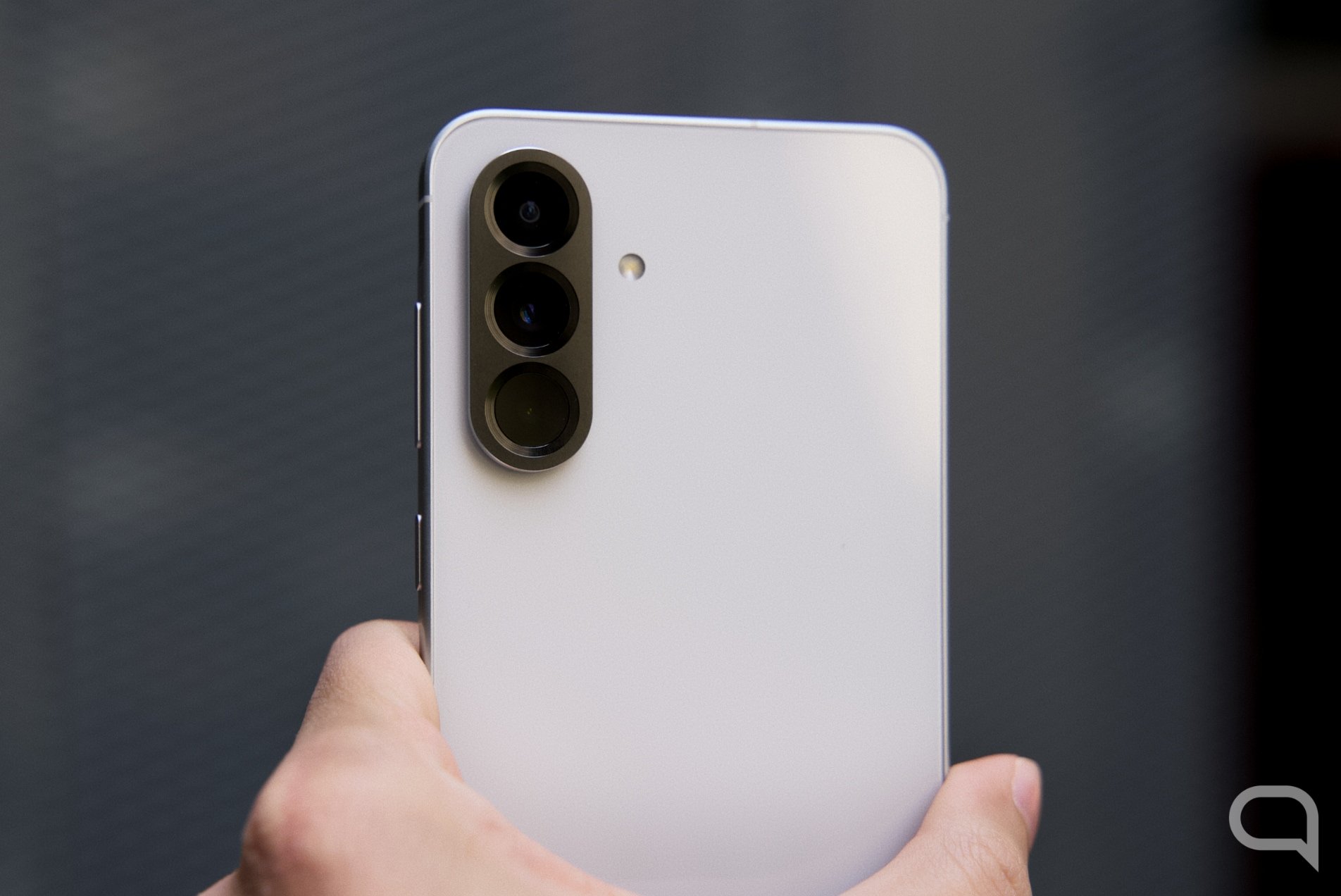You may have noticed that symbols appear in the top right corner of your mobile phone screen telling you whether you are using Wi-Fi or mobile data. In the latter case, you may see letters such as 5G, 4G, 3G, H, H+, G and E. But do you know what they actually mean? These letters represent different generations of technology. mobile networks which affect the speed and quality of your connection. In this article, we’ll explain each of them so you can better understand how they work and how they impact your mobile experience.
Mobile Internet access has become an integral part of our modern lives, but its capabilities may vary depending on our location. From bustling urban centers to remote rural areas, the quality of coverage can vary greatly. Even inside buildings, the signal can fluctuate, affecting our communications. For this reason, our phones offer us a quick way to assess the quality of our connection through alphanumeric codes that appear next to the signal bar.
These are the mobile network technologies you should know, from slowest to fastest.
2G: a pioneering era of mobile communications
2G was first launched in 1991 and was the technology that finally allowed data services such as SMS and MMS to become commonplace on mobile phones by the end of the decade. It also marked the first time that radio signals became digital rather than analogue (1G), providing greater spectral efficiency and helping to expand the mobile phone market.
2G technology has a maximum speed of only 50 kilobits per second, and in most of Europe and North America 2G networks are offline.
G: Transition to always-on connection
G is an abbreviation for General Packet Radio Service (or GPRS). It became popular in 2000 and was unofficially called 2.5G. This is considered the first cornerstone towards the development of the now ubiquitous 3G networks. It was the first “always-on” mobile internet network, but it can only transfer data at a maximum speed of 114 kilobits per second, making it the slowest connection you can find today.
E: progress in speed and efficiency
The letter E represents the evolution of increased data rates for GSM evolution (EDGE). The network began to gain popularity around 2003, offering speeds almost three times faster than any of its predecessors. It supports a maximum speed of 217 kilobits per second, so while it’s significantly faster than G network speeds, you’ll still struggle to browse a modern website or watch YouTube videos in any but the highest and lowest resolutions. However, it is suitable for basic web browsing and email tasks.
3G: the emergence of true mobile surfing
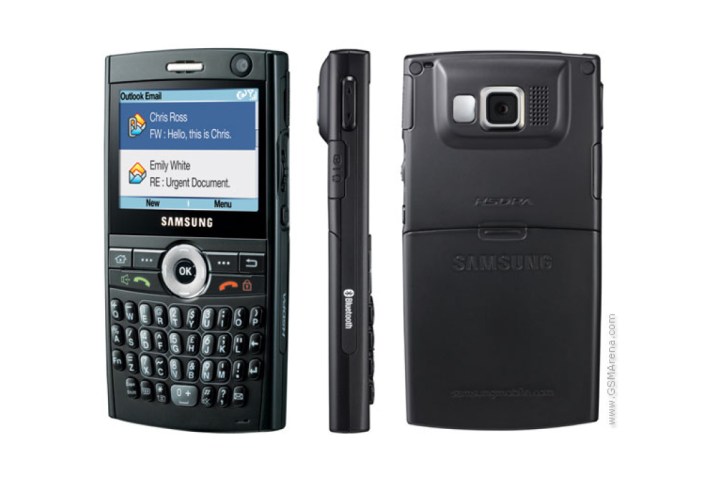
3G technology is actually much older than many people think. The first commercial network was launched in Japan in October 2001, followed by Norway in December of the same year, and by early 2002 most of Europe and Southeast Asia were connected to the Internet. Meanwhile, in the United States, the first 3G network was Verizon Wireless, which launched in July 2002.
This network was the first fast enough to support mobile Internet browsing as we know it today, and with a top speed of 384 kilobits per second, it’s more than fast enough for streaming music and videos, as well as downloading data.
H: High speed access for better experience
The H symbol means you have a High Speed Packet Access (HSPA) connection. The HSPA standard is based on the same technology as 3G, but replaces the UMTS 3G standard, resulting in a maximum speed of 7.2 megabits per second. It can easily handle YouTube videos, Spotify content, web browsing and other application usage.
H+: evolution towards even higher speeds
H+ refers to enhanced High Speed Packet Access (HSPA+). There are five versions of this technology, each of which provides significantly faster download speeds than the previous version. As you can see, the technology here has evolved very quickly, but it’s important to remember that speeds like these are rarely seen in normal use.
4G: the era of fast and uninterrupted connectivity
The world’s first public 4G networks appeared in Stockholm and Oslo in 2009, with other countries gradually joining in the following years. The UK rolled out nationally in 2014, and in the US the network is now in many major cities.
Most telecommunication companies use Long Term Evolution (LTE) technology to provide high-speed mobile Internet services. However, some companies, such as Sprint in the US, choose a less common technology called Worldwide Interoperability for Microwave Access (WiMAX). Both technologies provide faster web browsing, better video streaming quality and faster data loading.
5G: the promise of an ultra-connected future
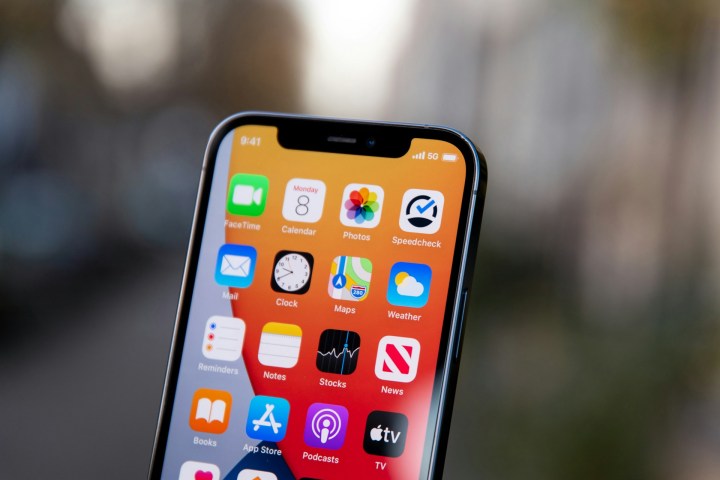
The world’s first 5G network launched in 2019 and is expected to serve more than 1.7 billion people by the end of 2025. The biggest advantage of 5G over 4G is the increase in bandwidth. With a potential maximum speed of 10 gigabits per second, this is 100 times faster than the upper limit of 4G.
5G technology provides ultra-high data transfer speeds, lower latency, and higher throughput for connecting devices. It is designed to support new applications and services such as virtual reality, Internet of Things (IoT) and autonomous driving.
6G: the next frontier of mobile communications
The future of mobile communication arrives with the advent of 6G technology, the long-awaited successor to 5G. Promising amazing speeds of up to 96Gbps, nearly ten times faster than its predecessor, 6G’s potential to transform our digital experience is extraordinary.
Although the first tests are already being carried out in technology-leading countries such as China, South Korea and Japan, we cannot get too excited. 6G technology is not expected to be commercially available until the 2030s.
Source: Digital Trends



